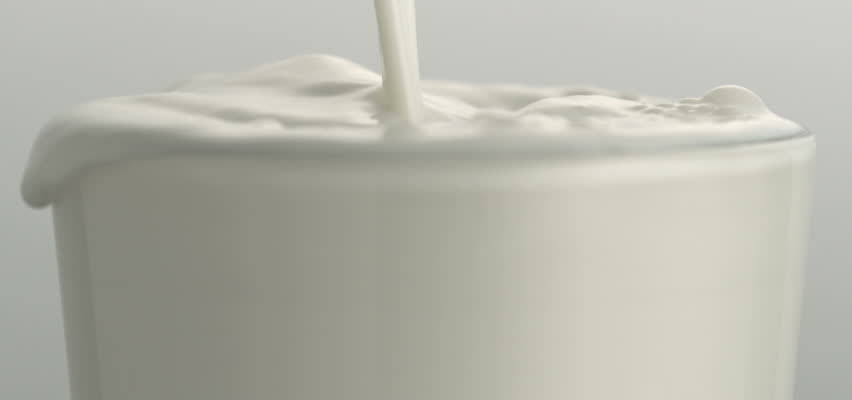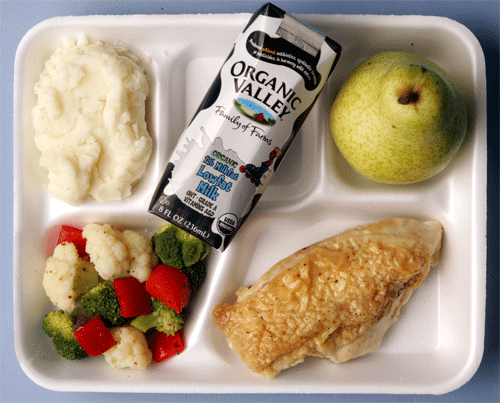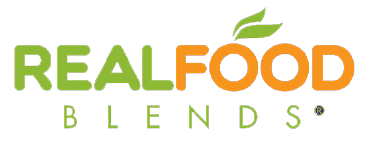
Tube Feeding and Volume Intolerance
Volume intolerance refers to the inability for a person with a feeding tube to handle a typical tube feed in a normal period of time. The volume and time frame can vary by age, caloric needs, etc. There’s not really a threshold for this. If you compare how long it takes for a person who eats orally to finish a meal versus how long it takes for someone on a feeding tube to finish their meal, this can give you context of volume tolerance/intolerance. If you are tube-fed and need to have your full formula feed dripped in slowly over a long period of time (anything over an hour), you could be considered volume intolerant.
Before I had a child with a feeding tube, I had never heard this term. Us oral eaters don’t talk about being “volume intolerant” – we just stop eating before we get too full! But in the tube-feeding world, this term is often cited as a side effect of tube feeding. The typical ways to deal with it? Slow down the feeds, feed smaller meals more often or maybe even switch formulas. “Volume intolerance” is how many people with a feeding tube end up on a slow drip of formula over the course of a day or on continuous or overnight feeds in order to get the prescribed calories in each day.

One of the anecdotal things we often hear in the tube-feeding community is that ‘volume tolerance’ improves with real food. Magic elixir? Hardly … think of it this way. If you were a typical eating child, the photo to the left is an example of what the USDA recommends you have for lunch (see more details at choosemyplate.gov). So why do so many people with feeding tubes – even adults – have a hard time handling 8 ounces of formula in a 20-30 minute period? That’s volume (or formula) intolerance.
How to improve volume tolerance for tube-feeding
“Overall, we have found greater volume tolerance and improvements in reflux and constipation when switching from commercial formulas to blenderized tube feedings.” – The Use of Blenderized Tubefeeding, Novak / Wilson
“It is a well-known fact that most tubes tolerate far higher volumes of food than formula, and much of this is down to the feel of the food; how our bodies communicate with us about the appropriateness of our nutritional needs.” – Complete Tubefeeding, O’Gorman
Switching from an enteral formula-only diet to real food through the feeding tube can help some people with volume intolerance issues. Real Food Blends meals are intentionally thicker than traditional formulas partly to provide more nutrition / calories per ounce. Each pouch yields an 8 ounce serving at about 40 calories per ounce. An 8 ounce serving of our 100% real food meals will provide approximately 80 more calories per serving than a traditional enteral formula so those people with volume issues can take in more calories in the same amount of food. We have tips for transitioning to our meals from a formula-only diet here, and usually recommend that you keep the same volume over the same amount of time that you would feed formula to start.
Once you have established that our meals are working well for you, you can begin to experiment with volume changes. Moving to a more normal mealtime schedule (breakfast, lunch, snack and dinner) is possible and preferable for many people with a feeding tube!
Time or Volume?
It’s important to think of volume tolerance in terms of goals. Are you trying to shorten the amount of feeding time per meal/day, or is it more important to you to increase the amount of food at each meal? We suggest only trying to do one or the other to start. Most people, especially kids, can’t just go to this right away:
If you are having 8 ounces over a 45-minute period, your first goal may be to shorten the feeding time to 40 minutes. If tolerated well, then move down to 35 minutes. This is all trial and error but slowly shifting to a normal meal timeframe can free up a lot more time in your day (within reason! Some people have their meals in a few minutes, some will need 20-30 minutes. Both of these are pretty normal – we all know that some people are fast, or slow, oral eaters!) If you are caring for someone who is nonverbal or unable to communicate, you’ll need to look for other clues as to how this is being tolerated:
“Children with a feeding tube often discover other physical ways of saying ‘no.’ Gagging and retching may be the response of a child who is beginning to feel uncomfortable. The child may become physically tense and emotionally stressed from the fear of getting too much food or feeling sick. Children who increase tension on the abdomen, cry or develop irregular breathing patterns often find their tension will slow down or stop the flow of the formula. Their increased agitation during the meal can limit the amount of formula they receive, but it also increased gastrointestinal discomfort.” – Suzanne Evans Morris, Ph.D, CCC, “Mealtime Communication and Homemade Blended Formulas” from Homemade Blended Formula Handbook
If your first goal is to increase the amount of food / calories being served at each meal, again, we suggest going slow. Using our same example above of an 8 ounce serving over 45 minutes, you may want to start at adding a half ounce to each meal to see how that’s being tolerated. Over 3-4 meals a day, that’s another 120 or so calories, which can add up!
Again, if the person with a feeding tube is unable to communicate, you’ll need to look for other indications that they are full / that the increased volume is – or isn’t – being handled well. Additionally, you may find that the digestive system speeds up with the introduction of real food and will need to look for hunger clues BEFORE the next scheduled meal. Some people find that checking residuals can help determine if the person is ready for the next meal / more food / volume.

” We usually struggle to get 8 ozs in of formula because she is too full but she was able to take the whole packet without a peep!” Peyton’s mom, Tracy, shared on our Facebook page
Free Water
One of the tips that often seems counter-intuitive to increasing volume tolerance is increasing the free water given. Free water refers to water given through the tube outside of what’s in a formula or blend. (Again, us oral eaters would call this a drink of water!)
“Many parents and therapists have found that offering a water bolus 30 minutes prior to the tube meal supports both the greater fluid needs of a child receiving thicker food-based formulas and improves the child’s volume tolerance.” –Jude Trautlein, RD, Homemade Blended Formulas and Hydration, also from Homemade Blended Formula Handbook.
It’s very important to discuss hydration needs with your medical team. Your doctor or dietitian should be able to give an acceptable range of water needed per day based on your height, weight, age and medical conditions. Also, always monitor outputs (is the person urinating normally? How are bowel movements?).
Lastly, it’s important to remember that every body and every condition is different. Fed is best and a normal mealtime schedule might not be possible for everyone. Also, remember that illness can impact volume tolerance and even after an illness has passed, volume tolerance may not immediately go back to normal.
What’s worked for you / your loved one when it comes to volume tolerance? We’d love to hear from you on our Facebook page.






You share such great information. Thank you!